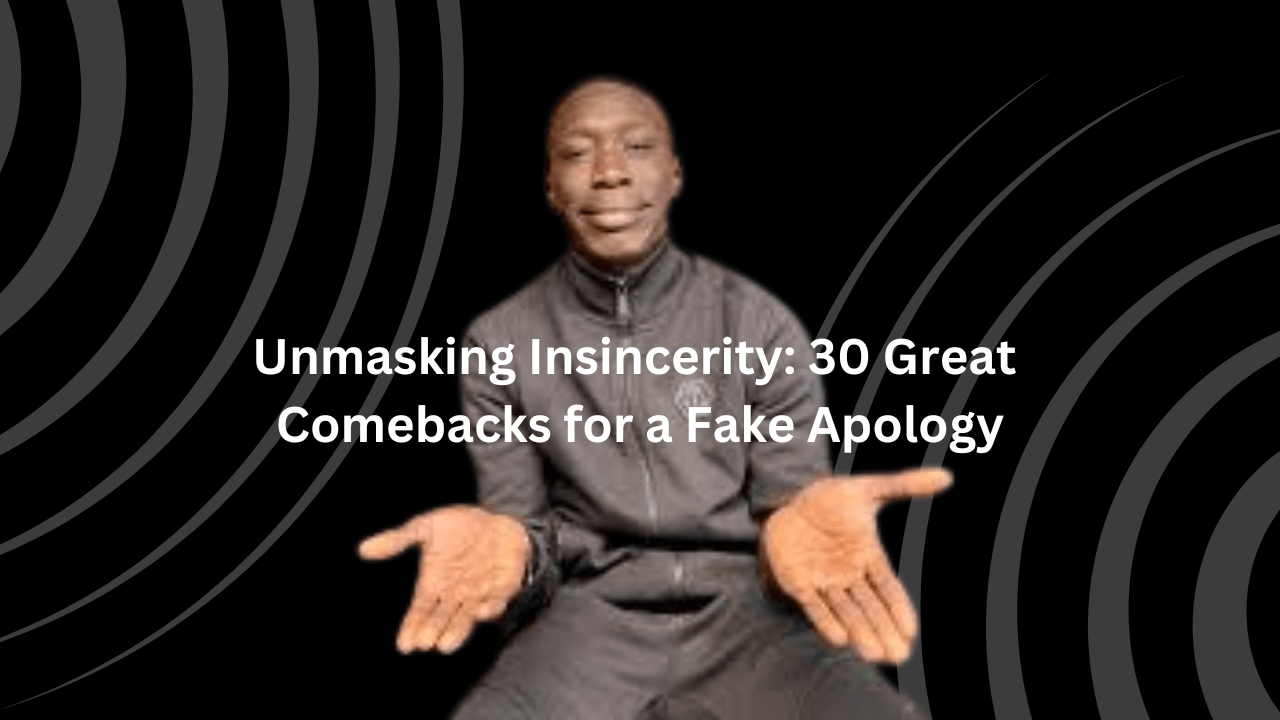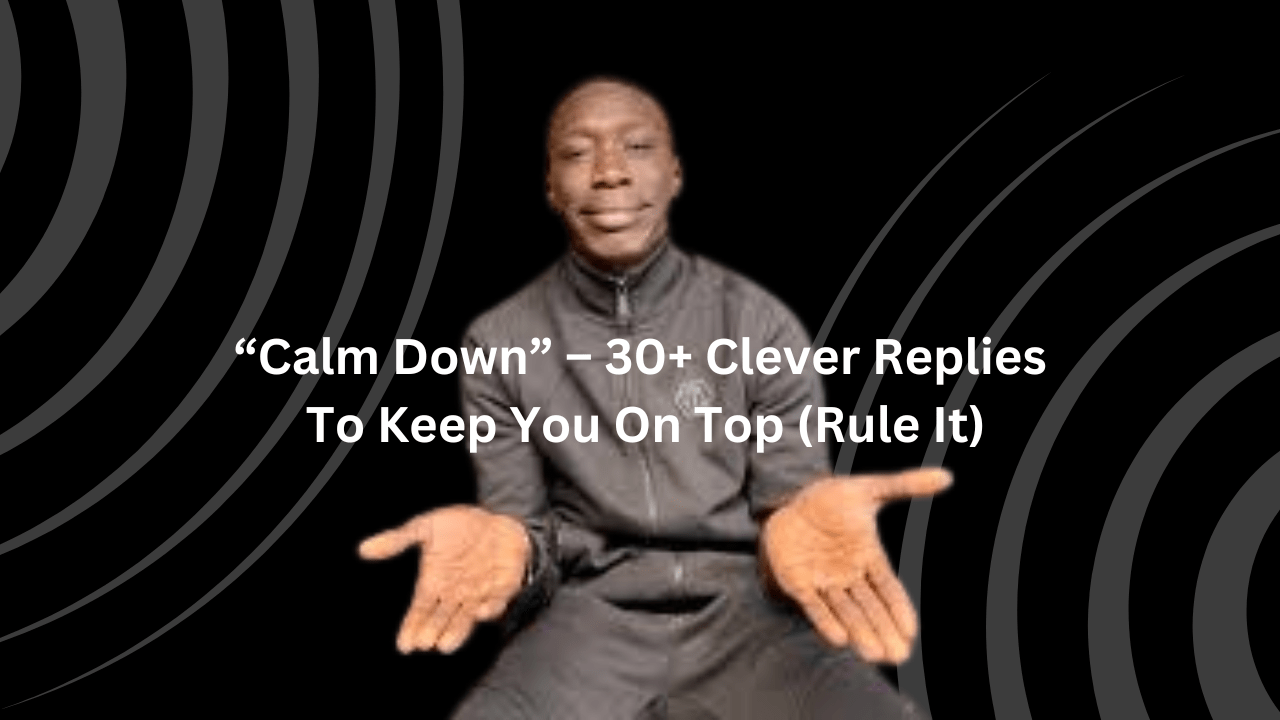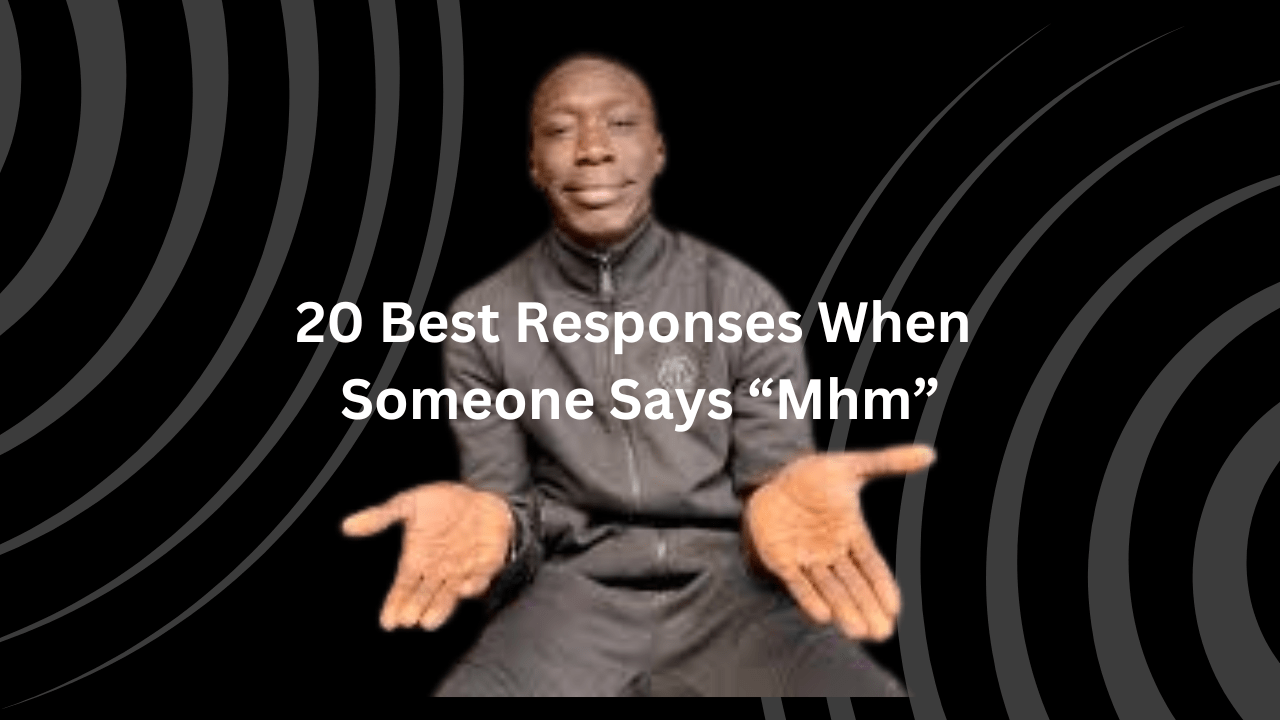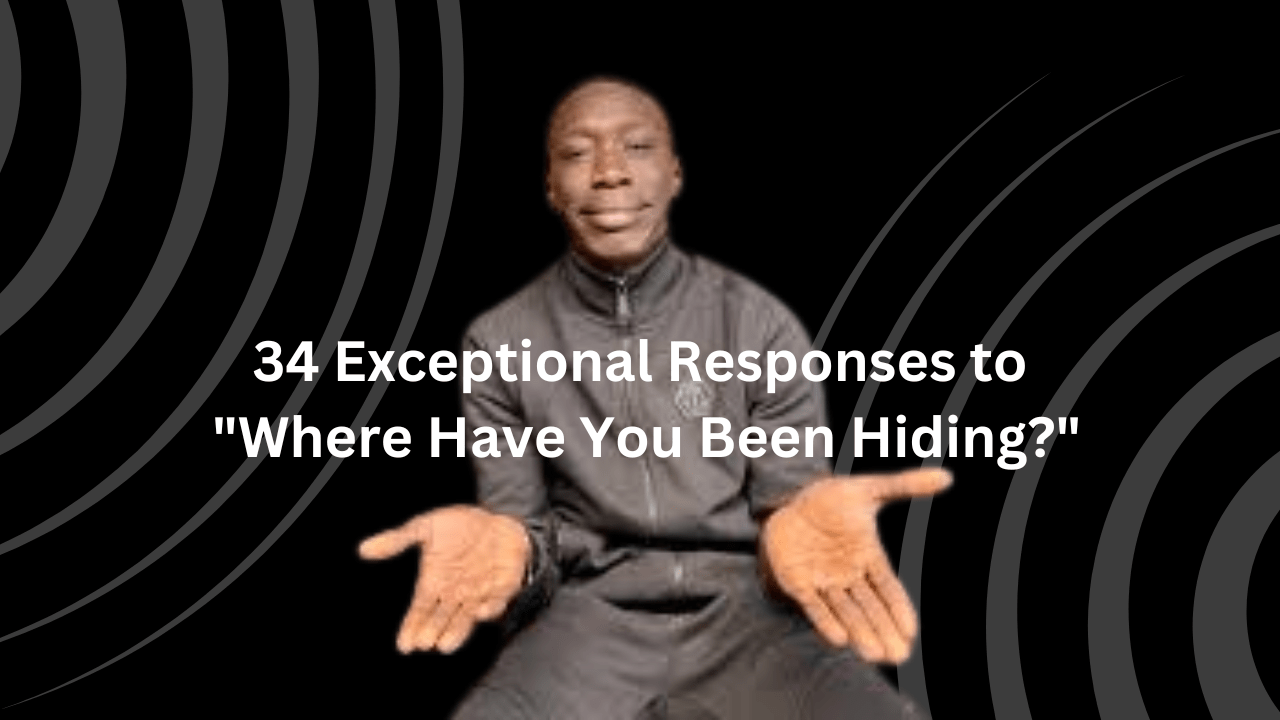Apologies are powerful tools for repairing relationships and resolving conflicts. However, not all apologies are genuine. In some cases, individuals may offer insincere apologies, known as fake apologies, to manipulate or deceive others. In this article, we’ll explore the phenomenon of fake apologies and provide 30 great comebacks to assertively address them.
Understanding Fake Apologies:

A fake apology is a disingenuous expression of remorse that lacks sincerity or authenticity. It often involves empty words or gestures intended to placate or deceive the recipient without genuine remorse or intention to change behavior. Common traits of fake apologies include deflection of responsibility, minimal acknowledgment of wrongdoing, and insincerity in tone or body language.
Quick Tips for Responding to Fake Apology:

When faced with a fake apology, it’s essential to respond assertively while maintaining composure. Here are some quick tips for effectively addressing insincere apologies:
Stay calm and composed to avoid escalating the situation.
Assert your boundaries assertively but respectfully to communicate that fake apologies are not acceptable.
Use humor strategically to disarm the situation and maintain control of the conversation.
Here are 30 Great Comebacks for a Fake Apology

“I appreciate your attempt at an apology, but let’s be honest—it lacks sincerity.”
This response acknowledges the effort made by the individual to apologize but also asserts that the apology lacks sincerity. It sets a standard for genuine remorse while maintaining a respectful tone.
“Is that your idea of an apology? Because it sounds more like an excuse.”
This comeback challenges the authenticity of the apology by comparing it to an excuse. It implies that the individual is not taking full responsibility for their actions and encourages them to offer a genuine apology.
“Save your breath. I’d rather hear a genuine apology than empty words.”
By rejecting the fake apology outright, this response communicates the speaker’s preference for sincerity over empty gestures. It sets a clear expectation for genuine remorse and acknowledgment of wrongdoing.
“Actions speak louder than words, and your actions haven’t matched your apology.”
This comeback highlights the inconsistency between the individual’s words and actions. It suggests that genuine remorse should be accompanied by meaningful actions to rectify the situation.
“I’m not interested in fake apologies. If you’re not genuinely sorry, don’t bother.”
By stating their disinterest in fake apologies, the speaker asserts their boundaries and communicates that insincerity is not acceptable. It encourages the individual to refrain from apologizing if they are not genuinely remorseful.
“Nice try, but I can see right through your insincerity.”
This response uses humor to disarm the situation while asserting that the speaker is not fooled by the insincere apology. It communicates perceptiveness and encourages the individual to be genuine.
“Your apology seems to be missing a crucial ingredient—remorse.”
By suggesting that the apology lacks remorse, this comeback highlights the key component of genuine apologies. It prompts the individual to reflect on their feelings and offer a more heartfelt apology.
“Next time, try apologizing without the hidden agenda.”
This response implies that the individual’s apology may be motivated by ulterior motives rather than genuine remorse. It encourages transparency and honesty in communication.
“If you’re not willing to take responsibility, don’t bother apologizing.”
By linking apologies with taking responsibility, this comeback emphasizes the importance of accountability in genuine apologies. It sets a standard for sincere remorse and acknowledgment of wrongdoing.
“I’d appreciate a real apology instead of this half-hearted attempt.”
This response expresses the speaker’s desire for a genuine apology rather than a superficial or insincere one. It encourages the individual to take the apology seriously and offer genuine remorse.
“Your apology lacks sincerity, just like your actions.”
By drawing a parallel between the insincere apology and the individual’s actions, this comeback highlights the disconnect between words and deeds. It suggests that genuine remorse should be reflected in both words and actions.
“Do you even know what you’re apologizing for, or are you just going through the motions?”
This response challenges the individual’s understanding of the situation and their motives for apologizing. It prompts them to reflect on the sincerity of their apology and their awareness of the impact of their actions.
“I’m not buying your apology until I see genuine remorse.”
By metaphorically framing the apology as a transaction, this comeback communicates that genuine remorse is a prerequisite for acceptance. It sets a standard for sincerity and encourages the individual to demonstrate genuine remorse.
“Sorry doesn’t cut it when it’s not genuine.”
This response emphasizes the importance of sincerity in apologies. It suggests that superficial apologies are insufficient and encourages the individual to offer genuine remorse.
“Your apology is as transparent as glass—empty and easily shattered.”
By likening the apology to glass, which is easily broken, this comeback suggests that the apology lacks substance and sincerity. It communicates the speaker’s perception of the insincere apology as fragile and easily dismissed.
“A fake apology is worse than no apology at all.”
This response asserts that insincere apologies are detrimental to relationships and communication. It suggests that genuine remorse is preferable to empty gestures and encourages the individual to refrain from offering fake apologies.
“You can’t smooth things over with a fake apology.”
By implying that fake apologies are ineffective in resolving conflicts or repairing relationships, this comeback emphasizes the importance of genuine remorse. It encourages the individual to address the underlying issues honestly and sincerely.
“I’d rather you be honest than offer a fake apology.”
This response prioritizes honesty over insincere apologies. It suggests that genuine communication, even if it involves admitting fault or wrongdoing, is preferable to superficial gestures.
“Your insincere apology only adds insult to injury.”
By suggesting that the insincere apology exacerbates the situation rather than resolving it, this comeback emphasizes the negative impact of fake apologies. It encourages the individual to consider the consequences of their insincerity.
“I have no interest in accepting a fake apology. Try again when you’re sincere.”
This response communicates the speaker’s refusal to accept insincere apologies and sets a clear expectation for genuine remorse. It encourages the individual to reflect on their feelings and offer a more heartfelt apology.
“Nice try, but I’ve seen better acting in a B-grade movie.”
This humorous response uses a playful analogy to suggest that the individual’s apology lacks authenticity. It adds levity to the situation while asserting the speaker’s perception of the insincere apology.
“Your apology is about as genuine as a politician’s promise.”
By comparing the insincere apology to a politician’s promise, which is often viewed skeptically, this comeback emphasizes the lack of sincerity. It uses humor to highlight the speaker’s perception of the apology as untrustworthy.
“I’d give your apology an ‘F’ for effort and sincerity.”
This humorous response playfully rates the insincere apology as failing in both effort and sincerity. It adds a touch of levity to the situation while communicating the speaker’s assessment of the apology.
“Are you auditioning for a role in a soap opera? Because that apology was melodramatic.”
By likening the insincere apology to a melodramatic performance, this comeback humorously suggests that the individual’s apology was overly dramatic. It uses humor to deflate the tension while asserting the speaker’s perception of the apology as insincere.
“If insincerity were an Olympic sport, you’d take home the gold for that apology.”
This humorous response uses hyperbole to suggest that the individual excels in insincerity. It adds a humorous twist to the assertion of the insincere nature of the apology.
“I expect genuine apologies, not empty gestures.”
This response asserts the speaker’s expectation for genuine remorse and acknowledgment of wrongdoing. It communicates that insincere apologies are not acceptable and encourages the individual to offer genuine remorse.
“Insincere apologies won’t fly with me. Try again when you mean it.”
By stating their refusal to accept insincere apologies, this comeback sets a clear boundary. It communicates that genuine remorse is required for resolution and encourages the individual to offer a more sincere apology.
“Let’s establish some ground rules: fake apologies are not welcome here.”
This response asserts the speaker’s boundaries and communicates that insincere apologies are not tolerated. It sets a standard for genuine communication and encourages the individual to be honest and sincere.
“I value honesty and sincerity in apologies. Anything less won’t suffice.”
This response emphasizes the importance of honesty and sincerity in apologies. It communicates the speaker’s expectation for genuine remorse and acknowledgment of wrongdoing.
“Consider this a lesson: fake apologies don’t fool anyone, especially not me.”
This response asserts the speaker’s perception of the insincere apology as transparent and ineffective. It communicates that insincerity is easily recognized and encourages the individual to be genuine in their apologies.
Conclusion:
Fake apologies undermine trust and respect in relationships, making it essential to address them assertively. By using the provided comebacks, individuals can assert their boundaries and maintain self-respect when faced with insincerity. Remember, genuine apologies foster understanding and reconciliation, while fake apologies only breed resentment and mistrust. So, the next time you encounter a fake apology, don’t hesitate to respond assertively and demand sincerity.










